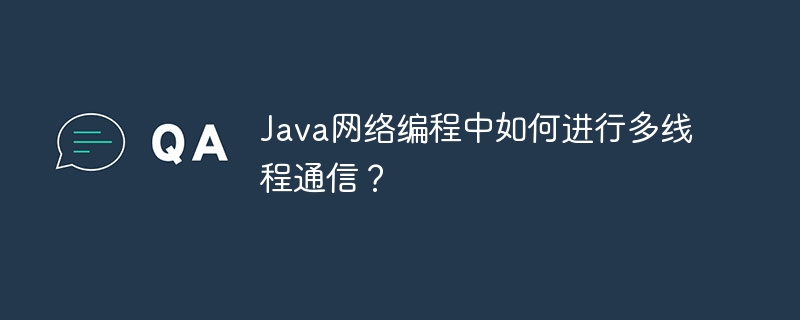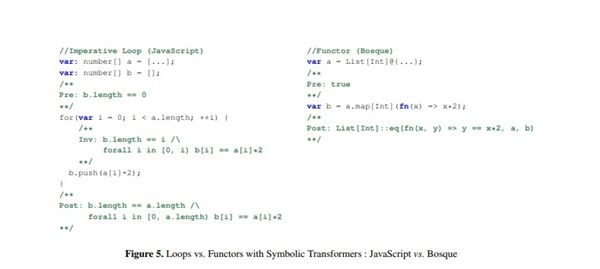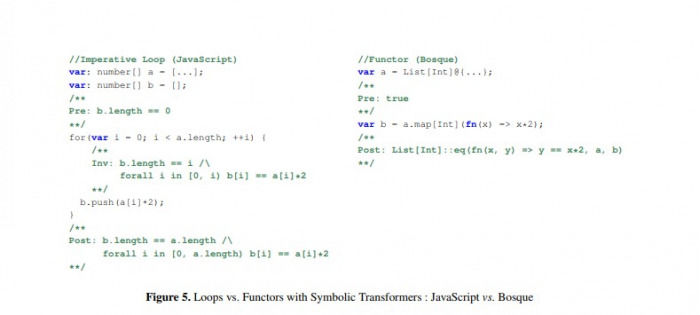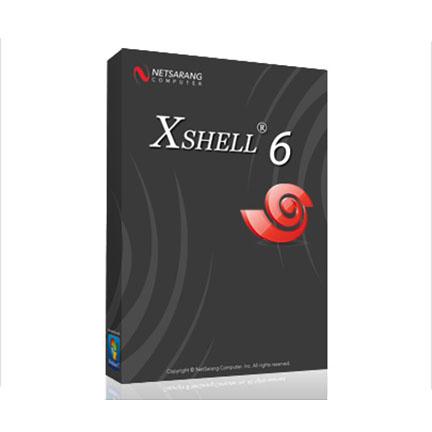java静态和动态绑定的实例对比分析
 发布于2023-04-26 阅读(0)
发布于2023-04-26 阅读(0)
扫一扫,手机访问
不同绑定的比较
1、静态绑定发生在编译期,动态绑定发生在运行期。
2、动态绑定的灵活性高于静态绑定,因为静态绑定是在编译过程中确定的,动态绑定在编译过程中不知道调用哪种方法。
3、静态绑定调用方法比动态绑定快,因为静态绑定可以直接调用,动态绑定需要搜索方法表。
实例
静态绑定
class Super{
public static void sample(){
System.out.println("This is the method of super class");
}
}
Public class Sub extends Super{
Public static void sample(){
System.out.println("This is the method of sub class");
}
Public static void main(String args[]){
Sub.sample()
}
}(2)动态绑定
class Super{
public void sample(){
System.out.println("This is the method of super class");
}
}
Public class extends Super{
Public static void sample(){
System.out.println("This is the method of sub class");
}
Public static void main(String args[]){
new Sub().sample()
}
}
本文转载于:https://www.yisu.com/zixun/695867.html 如有侵犯,请联系admin@zhengruan.com删除
下一篇:java接口怎么使用默认方法
产品推荐
-

售后无忧
立即购买>- DAEMON Tools Lite 10【序列号终身授权 + 中文版 + Win】
-
¥150.00
office旗舰店
-

售后无忧
立即购买>- DAEMON Tools Ultra 5【序列号终身授权 + 中文版 + Win】
-
¥198.00
office旗舰店
-

售后无忧
立即购买>- DAEMON Tools Pro 8【序列号终身授权 + 中文版 + Win】
-
¥189.00
office旗舰店
-

售后无忧
立即购买>- CorelDRAW X8 简体中文【标准版 + Win】
-
¥1788.00
office旗舰店
-
 正版软件
正版软件
- Java网络编程中如何进行多线程通信?
- Java网络编程中的多线程通信允许多个客户端或服务器同时连接到同一个应用程序,提高效率和响应请求。实现多线程通信需要使用ServerSocket和Socket类,通过创建ServerSocket对象监听传入连接,并为每个连接创建单独的线程来处理数据,如接收和发送响应。如实战案例中回声服务器,它会将收到的消息原样返回给客户端,展示了多线程通信在网络编程中的应用。
- 2分钟前 Java 网络编程 0
-
正版软件
- 利用Spring Boot和Docker Compose构建DevOps平台
- 随着软件行业不断发展,越来越多的企业开始转向DevOps开发模式,以实现更高效的开发、测试和部署。而构建一个高效的DevOps平台不仅需要先进的技术,还需要高度的自动化和标准化。本文将介绍如何利用SpringBoot和DockerCompose构建一个DevOps平台,以提高开发、测试和部署效率。一、SpringBoot简介SpringBoot是一个
- 6分钟前 DevOps spring boot Docker Compose 0
-
正版软件
- 如何使用Golang实现Web服务端的数据同步
- 数据同步在Web服务端应用中是非常重要的。随着应用数据的不断增长,为了满足客户端的需求,Web服务端需要经常实现数据同步。其中,Golang是一种高效、并发、简洁的编程语言,它适合用来实现Web服务端的数据同步。本文将介绍如何使用Golang实现Web服务端的数据同步。一、Golang的并发机制Golang的最大特点就是并发机制,这使得Golang成为一个非
- 17分钟前 Golang 数据同步 Web服务端 0
-
正版软件
- 如何使用Vue实现数据过滤和检索功能?
- Vue是一款流行的JavaScript框架,经常用于构建现代Web应用程序。其中的Vue数据绑定系统让前端开发更加简单和直观。其中Vue还提供了一些很有用的工具来处理数据,比如过滤。在这篇文章中,我们将介绍如何使用Vue实现数据过滤和检索功能。一、使用计算属性进行数据过滤Vue计算属性具有响应性,能够根据依赖数据的变化实时更新数据。这让我们能够非常方便地写出
- 32分钟前 VUE 数据过滤 检索 0
-
正版软件
- PHP中Memcache缓存技术的优缺点及其应用场景
- 随着互联网的不断发展,Web应用程序越来越复杂,访问量越来越大,这给服务器带来了巨大的压力。为了提高Web应用程序的运行效率,降低服务器的负载,缓存技术变得非常必要。而PHP中的Memcache缓存技术就是一种非常优秀的缓存技术,本文就来详细介绍一下这种技术的优缺点及其应用场景。一、Memcache缓存技术的优点高速读写Memcache是内存中的缓存,读取速
- 57分钟前 应用场景 PHP Memcache缓存技术 0
最新发布
-
 1
1
-
 2
2
-
3
- 深入比较PyCharm社区版和专业版的功能
- 131天前
-
4
- Vue组件中如何处理图片预览和缩放问题
- 568天前
-
 5
5
-
 6
6
-
 7
7
- Python实战教程:批量转换多种音乐格式
- 739天前
-
8
- WebSocket协议的优势与劣势分析
- 569天前
-
9
- 如何在在线答题中实现试卷的自动批改和自动评分
- 566天前
相关推荐
热门关注
-

- Xshell 6 简体中文
- ¥899.00-¥1149.00
-

- DaVinci Resolve Studio 16 简体中文
- ¥2550.00-¥2550.00
-

- Camtasia 2019 简体中文
- ¥689.00-¥689.00
-

- Luminar 3 简体中文
- ¥288.00-¥288.00
-

- Apowersoft 录屏王 简体中文
- ¥129.00-¥339.00